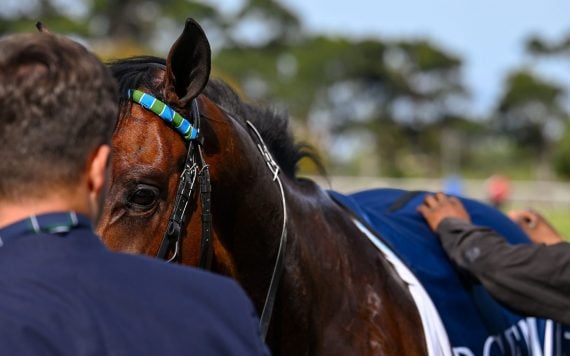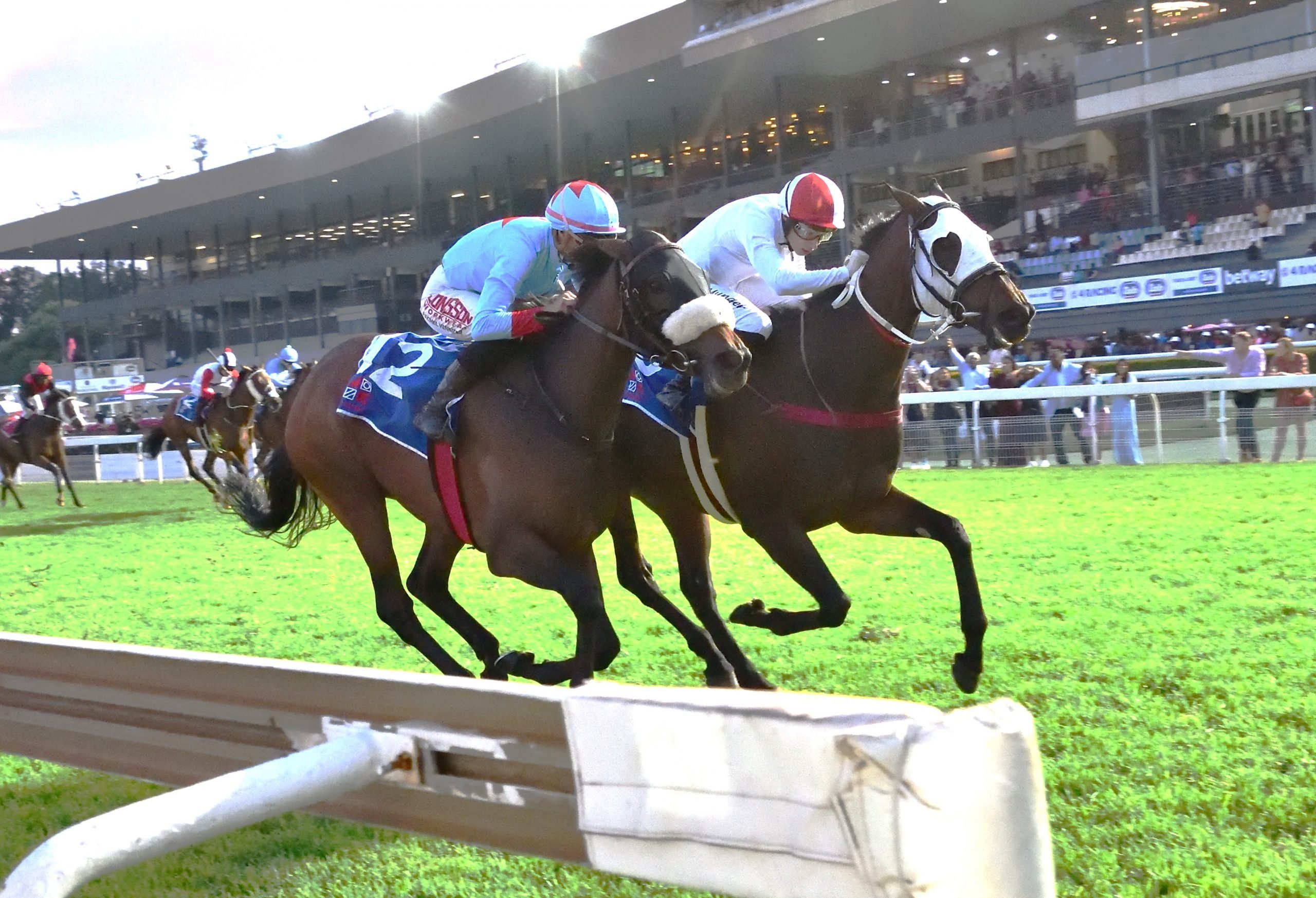The Thoroughbred industry is getting smaller. Few will argue that point as foal crops continue to decrease, racetracks offer fewer live racing dates and reduced programs, handle and attendance are in decline, and the overall awareness of the game is in steep descent.
Despite that gloomy outlook, the mood out of the 59th annual Round Table Conference on Matters Pertaining to Racing on Sunday at the Gideon Putnam Resort in Saratoga Springs, New York, was that racing still could capitalize on its core values and products and turn things around within a relatively short amount of time.
During the presentation of a comprehensive economic study of the industry during the Jockey Club’s annual gathering in one of the few remaining places in the U.S. where racing still works beyond a big weekend or major stakes race, leaders of McKinsey & Co. outlined specific strategies that “can accelerate the pace of innovation, address the legitimate concerns of fans and handicappers, position racing for a new generation, and return racing to economic stability and longterm growth.”
The delivery of the study’s results by leaders from the sports and media consulting firm was greatly anticipated and easily the focus of the nearly two-hour meeting that also featured discussions related to equine safety and race-day medication policies. It is not easy to make the hot-button issue of medication, and specifically the debate over race-day Salix, a secondary topic to the main event, but that is exactly what McKinsey’s study did.
Dan Singer and Michael Lamb, director and principal, respectively, with McKinsey & Co.’s director of media and entertainment practice, provided the results of a nearly year-long commissioned study during a segment titled “Driving Sustainable Growth for Thoroughbred Racing and Breeding.”
The segment outlined the problems currently facing the industry, from the aforementioned decreases along with other built-in challenges, and laid out what the industry might expect by 2020 if it continues along the same path.
“In the absence of industry action, the five factors we have justdescribed will translate into a continuing downward trajectory,” Lamb said, referring to competition, brand perception, dilution and fragmented distribution. “This includes handle, which we project will decline by 25%, and foal crops, which we project will decline by at least 9%.
“Declining handle will have negative repercussions on all parts of the industry. The number of viable tracks will decline by 27%, states will lose 25% of racing tax revenue, owners’ losses are projected to increase by 50%. And there is some risk for the results to be even worse.”
Lamb pointed out that the “negative feedback loop” that connects the size of the foal crop (which is expected to drop to 24,700 in 2012), starters, and handle could increase, and said other factors that include the possible closing of distribution sites such as greyhound and Standardbred tracks could lead to a failure to recapture stability in racing.
To combat the sobering results of the study and the harsh realities facing the game today, McKinsey and the Jockey Club rolled out nine objectives (see box), some that have been tried before with good and bad results and others that are brand new to an industry that prides itself on its rich history but occasionally gets in its own way because of it.
“We believe that these initiatives can stabilize the fan base by retaining an incremental 100,000 fans per year and boosting fan acquisition by another 100,000 fans per year,” Singer said. “To generate this fan growth, these strategies will build awareness among an incremental 3-million potential fans per year. From our economic modeling, we believe these initiatives can grow handle by 20%.”—
Goals for growth
The nine initiatives outlined in McKinsey & Co.’s report “Driving Sustainable Growth for Thoroughbred Racing and Breeding” presented during the Round Table Conference on Sunday 14 August 2011 in Saratoga Springs, New York
• Increased television coverage
• A free-to-play website
• Fewer, better races and better scheduling to increase field size and showcase the best product
• Creation of a social game
• Innovative wagering platforms
• Track-integrated advance-deposit wagering platform
• Racing integrity reforms
• Encouragement of ownership through greater transparency
• Dissemination of best practices from tracks around the country








